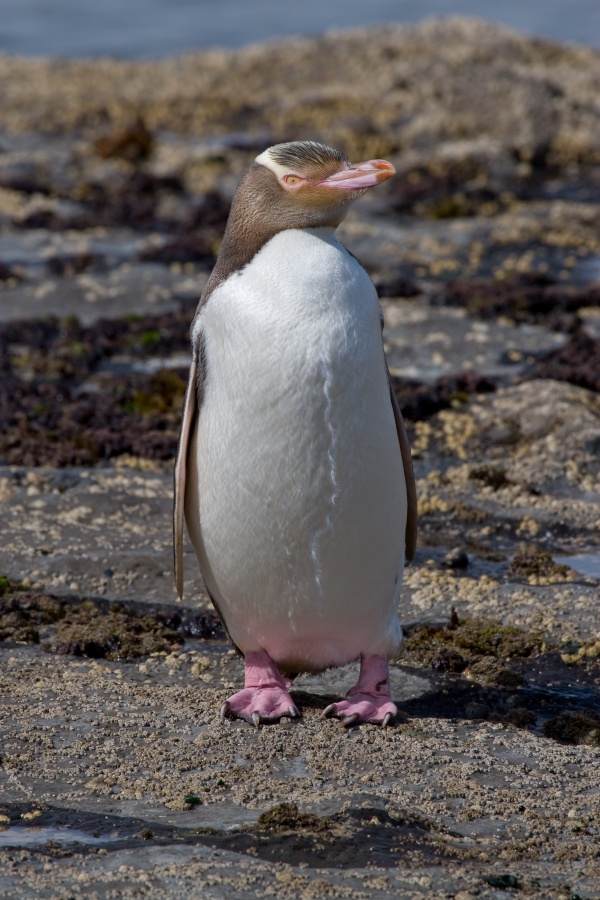Facts About Yellow-eyed penguin
The yellow-eyed penguin, also known as hoiho or tarakaka, is a distinctive species found exclusively in New Zealand. Previously thought to be closely related to the little penguin, recent molecular research has revealed that it is more closely aligned with penguins in the Eudyptes genus. These penguins primarily consume fish and breed along the eastern and southeastern coasts of New Zealand’s South Island, as well as on Stewart Island, the Auckland Islands, and the Campbell Islands.
Unfortunately, the population of yellow-eyed penguins on New Zealand’s mainland has declined by 75% on the Otago Peninsula since the mid-1990s. This dramatic reduction is attributed to various factors, including infectious diseases, rising ocean temperatures, and human activities such as fishing and pollution.
In terms of classification, the yellow-eyed penguin is the only extant species in the genus Megadyptes. Genetic studies have shown that they expanded their range to include mainland New Zealand around 200 years ago, diverging from their Eudyptes ancestors approximately 15 million years ago.
Yellow-eyed penguins are easily recognizable by the distinctive pale yellow band of feathers encircling their eyes. They are the largest penguins breeding on New Zealand’s mainland, standing between 62-79 cm tall and weighing between 3-8.5 kg. Unlike other penguins, they are mostly silent, though they produce a sharp, bray-like call at their nests and breeding sites.
These penguins primarily feed on fish and are known for their benthic foraging behavior, which means they search for food along the seafloor. During the breeding season, which begins in September, they lay two eggs and both parents share the responsibility of incubating them. Sadly, yellow-eyed penguins are considered endangered due to threats like habitat destruction, introduced predators, and diseases.
Tourism provides an opportunity to observe these fascinating birds, with various mainland habitats offering hides for visitors to watch them. Conservation efforts, including the establishment of reserves and legal protections, are essential in safeguarding this rare and ancient penguin species.
